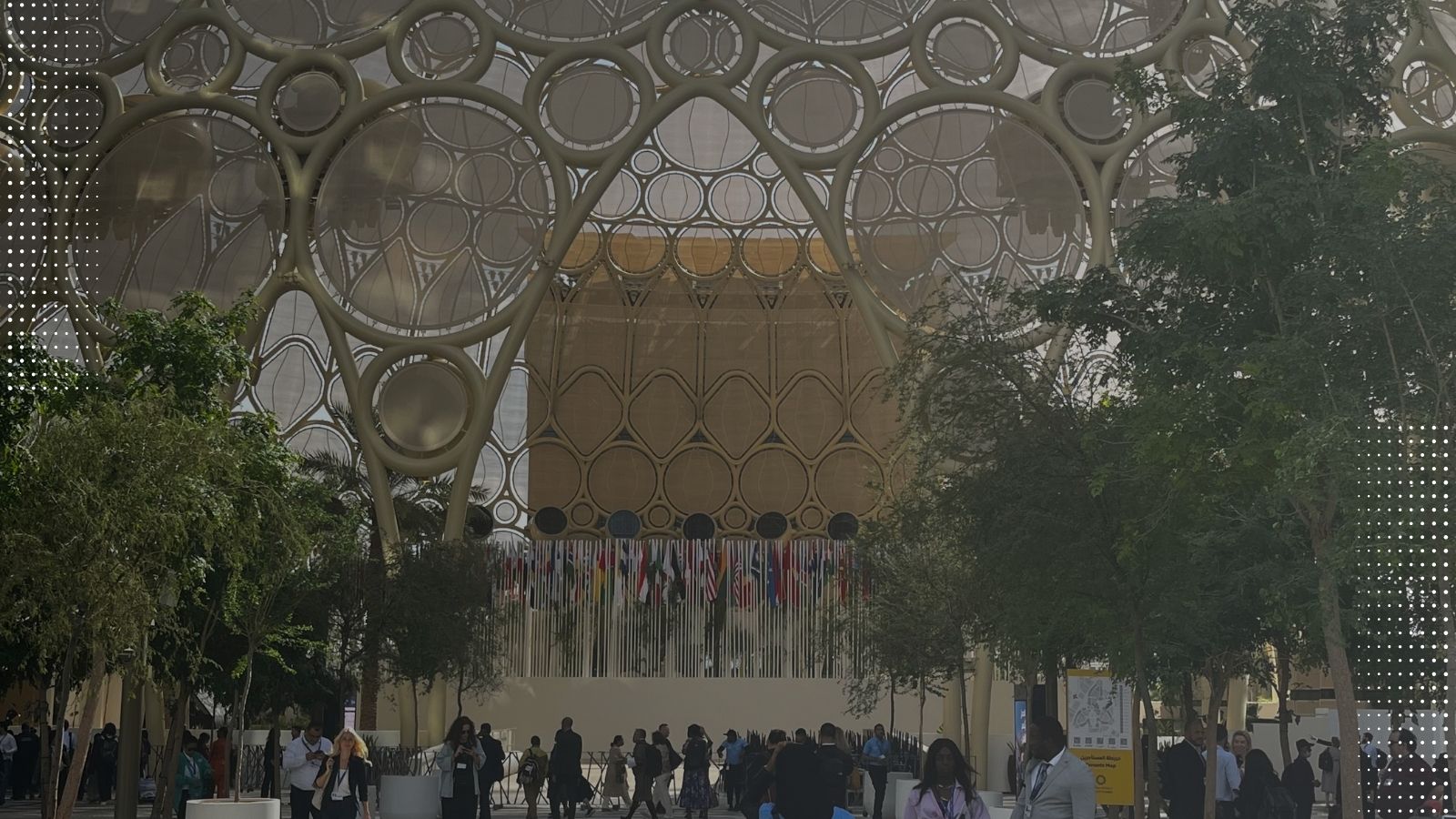This is a summary from the article “Can Carbon Capture Live Up to the Hype?” written by
Brad Plumer and Nadja Popovich in the New York Times on the 8th of December, 2023.
The technology to capture and bury carbon dioxide has struggled to ramp up and has real limits. But experts say it could play a valuable role.
As global leaders grapple with climate action strategies, the discourse around “phasing down” unabated fossil fuels has brought carbon capture and storage (CCS) into sharp focus. This examination aims to dissect the ongoing dialogue surrounding CCS, delving into its potential contribution to climate change mitigation and acknowledging the formidable challenges it faces.
The Unabated Fossil Fuel Dilemma:
Current climate summit discussions in Dubai reveal a nuanced shift from phasing out to phasing down “unabated” fossil fuels, with nations considering CCS to trap and bury carbon dioxide emissions. The effectiveness and viability of this approach, however, remain subjects of debate.
CCS in the Climate Battle:
At the core of the dispute is the question of the magnitude of CCS’s role in combating global warming. While some champion it as a linchpin for the future, detractors label CCS as unproven and risky. Recent studies underscore its potential in specific sectors, such as cement manufacturing, while highlighting inherent limitations and cost implications.
The (Limited) Role of Carbon Capture:
Experts, including Fatih Birol of the International Energy Agency (IEA), emphasize that while CCS could be critical, its historical track record has been disappointing. The IEA’s road map assigns only 8 percent of total emissions cuts to CCS, with the majority coming from transitioning away from fossil fuels.
So, to end:
In the intricate landscape of climate change mitigation, carbon capture and storage stand at a crossroads. This exploration highlights the promise and challenges of CCS, emphasizing the need for a balanced, multifaceted approach to address the complexities of global warming.





